Sci-fi movies have always been a space where imagination meets innovation, pushing the limits of what we thought was possible both on screen and in real life. From mind-bending concepts to futuristic technology, these films have not only entertained but also sparked ideas that shaped entire generations. Some became timeless classics, while others set the stage for the genre’s future direction.
In this list, we take a look at 28 of the greatest sci-fi movies that truly defined the genre. These films broke new ground, from their stunning visual effects to their thought-provoking stories. Whether exploring dystopian worlds, advanced technology, or the complexities of human nature, these movies have left a lasting impact on both cinema and pop culture.
Blade Runner (1982)
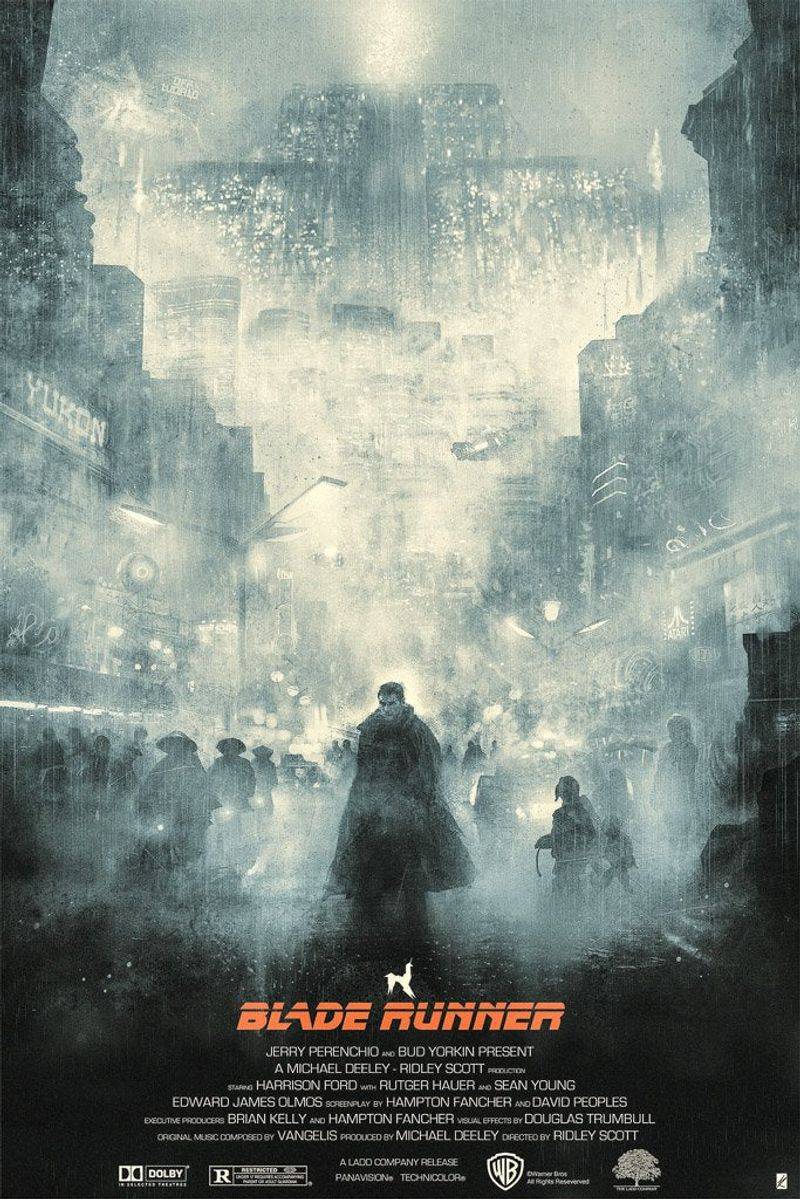
Blade Runner, directed by Ridley Scott, is a cornerstone of sci-fi cinema. Set in a dystopian future Los Angeles, the film explores themes of humanity and identity through the eyes of Rick Deckard, a blade runner tasked with hunting down rogue replicants. The film’s visual style, influenced by film noir, combines with a haunting Vangelis score to create a unique atmosphere. Its philosophical undertones and complex characters have made it a subject of analysis and admiration. Whether it’s the vivid cityscapes or the intense moral dilemmas, Blade Runner continues to fascinate audiences.
The Matrix (1999)
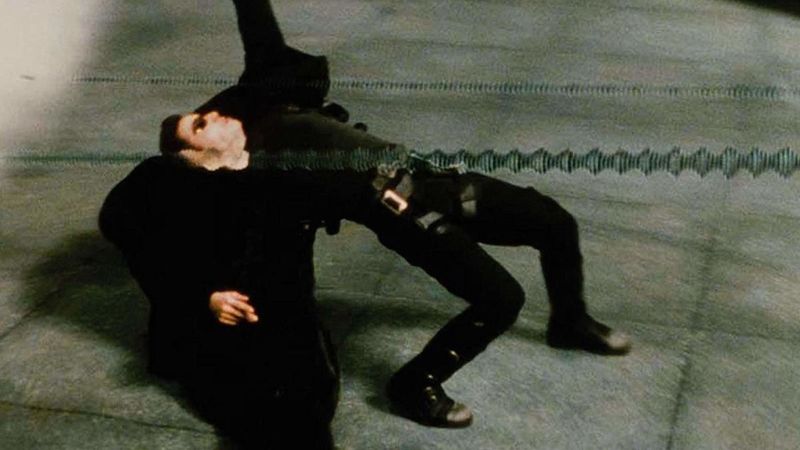
The Matrix, directed by the Wachowskis, revolutionized action and sci-fi cinema. It introduced audiences to a world where reality is a simulation, controlled by sentient machines. The film’s groundbreaking special effects, including the famous bullet-dodging scene, captivated viewers and inspired countless imitators. The narrative challenges perceptions of reality and control, tapping into philosophical questions that resonate with many. Keanu Reeves’ portrayal of Neo, alongside a strong supporting cast, adds depth to this visually stunning and intellectually stimulating journey. The Matrix remains a landmark achievement in modern filmmaking.
Star Wars: Episode IV – A New Hope (1977)
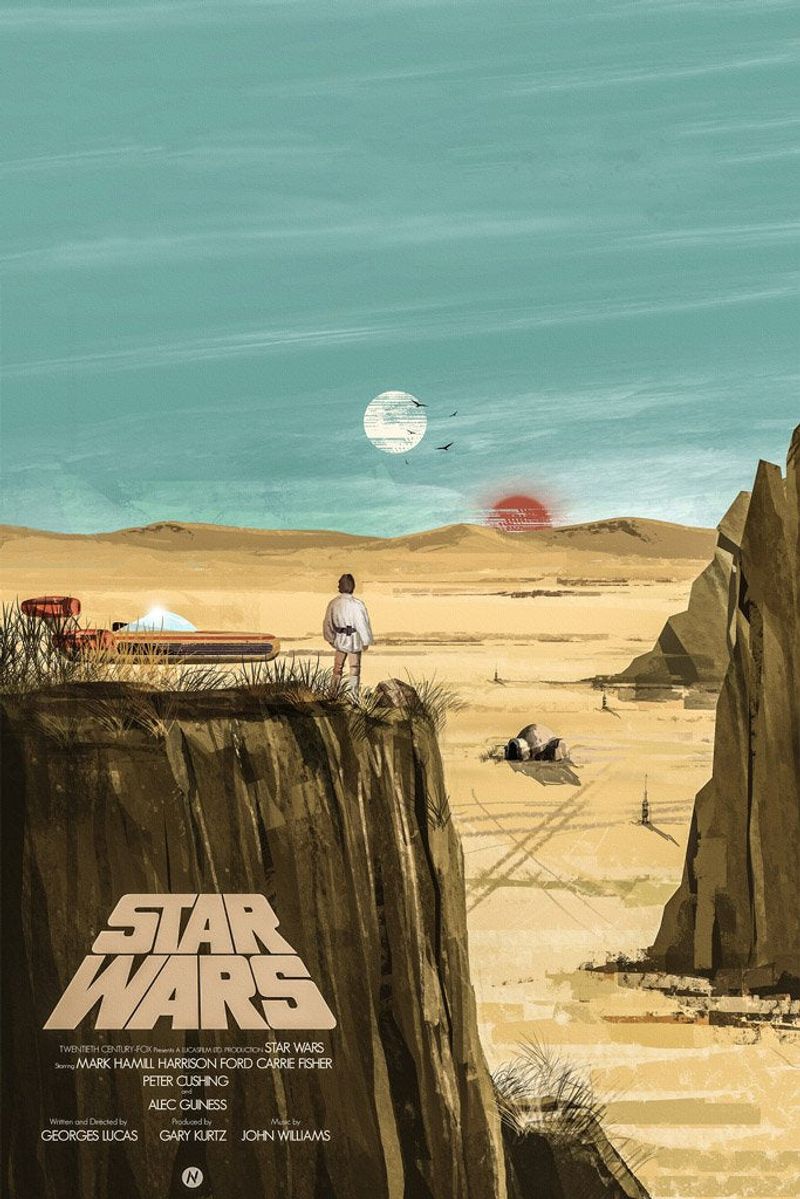
Star Wars: Episode IV – A New Hope, directed by George Lucas, transformed cinema with its epic storytelling and groundbreaking special effects. Set in a galaxy far, far away, it follows the journey of young Luke Skywalker as he joins forces with Princess Leia and Han Solo to fight the evil Empire. The film introduced iconic characters and a rich universe, capturing imaginations worldwide. Its innovative use of practical effects and John Williams’ unforgettable score make it a timeless classic. Star Wars continues to inspire generations with its universal themes of hope and heroism.
2001: A Space Odyssey (1968)
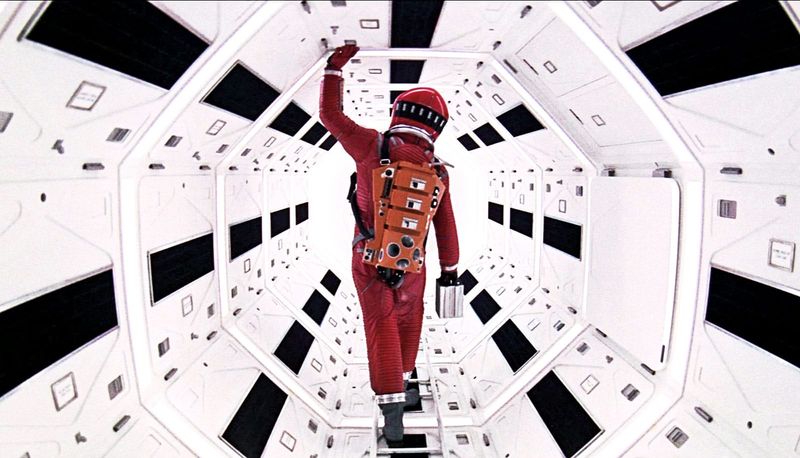
Stanley Kubrick’s 2001: A Space Odyssey is a cinematic masterpiece that redefined the sci-fi genre. Known for its stunning visuals and enigmatic storytelling, the film explores themes of human evolution and the mysteries of the universe. The iconic HAL 9000, an artificial intelligence with a serene voice, adds a chilling dimension to the narrative. The film’s ambitious scope and philosophical depth create an experience that’s both visually mesmerizing and intellectually challenging. Its influence on science fiction and cinema as a whole is immeasurable, continuing to inspire filmmakers and audiences alike.
Alien (1979)
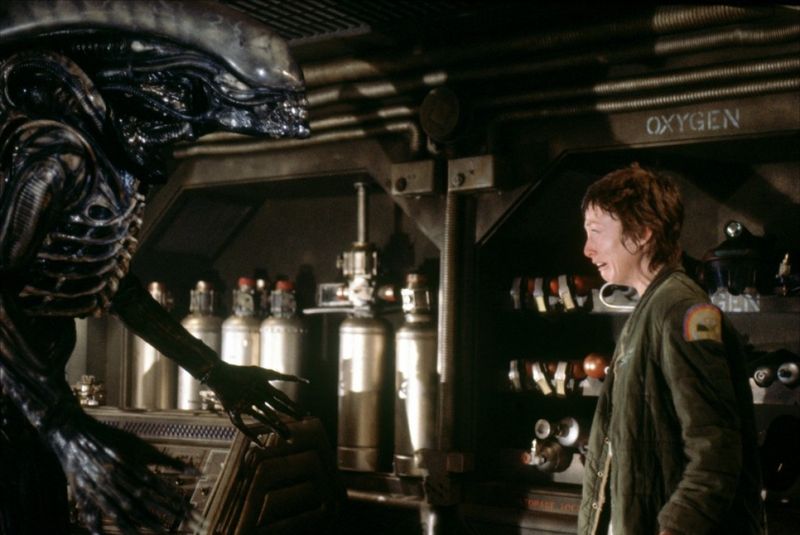
Ridley Scott’s Alien is a masterful blend of science fiction and horror, set aboard the spaceship Nostromo. The film follows the crew as they encounter a deadly extraterrestrial creature, leading to a tense battle for survival. The alien, designed by H.R. Giger, is an iconic figure in sci-fi horror. The film’s atmosphere of suspense and terror, combined with strong performances, particularly by Sigourney Weaver as Ripley, creates a gripping experience. Alien’s innovative design and chilling narrative have cemented its place as a cornerstone of both sci-fi and horror genres.
E.T. the Extra-Terrestrial (1982)
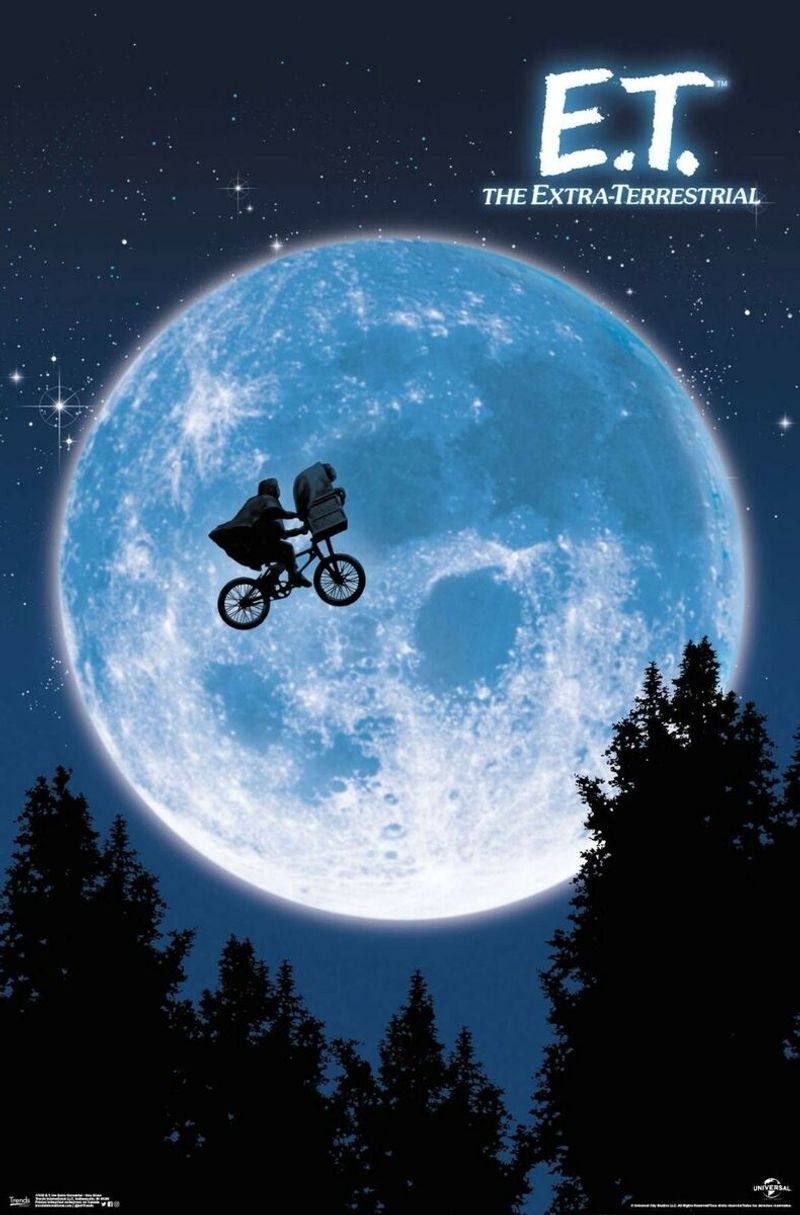
Steven Spielberg’s E.T. the Extra-Terrestrial is a heartwarming tale of friendship between a young boy and a stranded alien. The film captures the wonder and innocence of childhood, exploring themes of love and acceptance. With its touching narrative, memorable characters, and iconic imagery, such as the flying bicycle silhouette against the moon, E.T. remains a beloved classic. John Williams’ emotive score adds to the film’s enchanting atmosphere. E.T. not only touched the hearts of audiences worldwide but also became a cultural phenomenon, symbolizing the magic of cinema.
Back to the Future (1985)
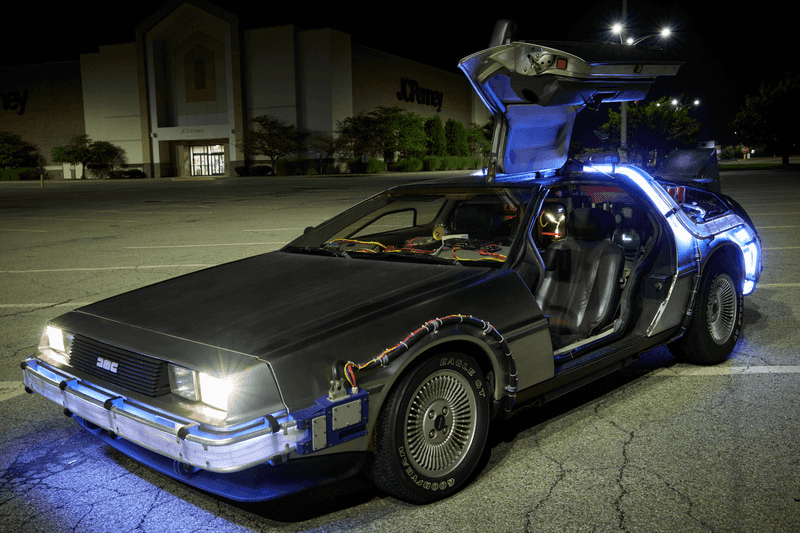
Back to the Future, directed by Robert Zemeckis, is a timeless adventure through time travel. The film follows teenager Marty McFly and eccentric scientist Doc Brown as they journey through past and future using a DeLorean time machine. Its clever narrative, filled with humor and excitement, captures the imagination. The film’s memorable characters, including the lovable Doc Brown, and its engaging plot make it a perennial favorite. The fusion of sci-fi with comedy and adventure ensures its enduring appeal, making Back to the Future a must-see for all ages.
The Terminator (1984)
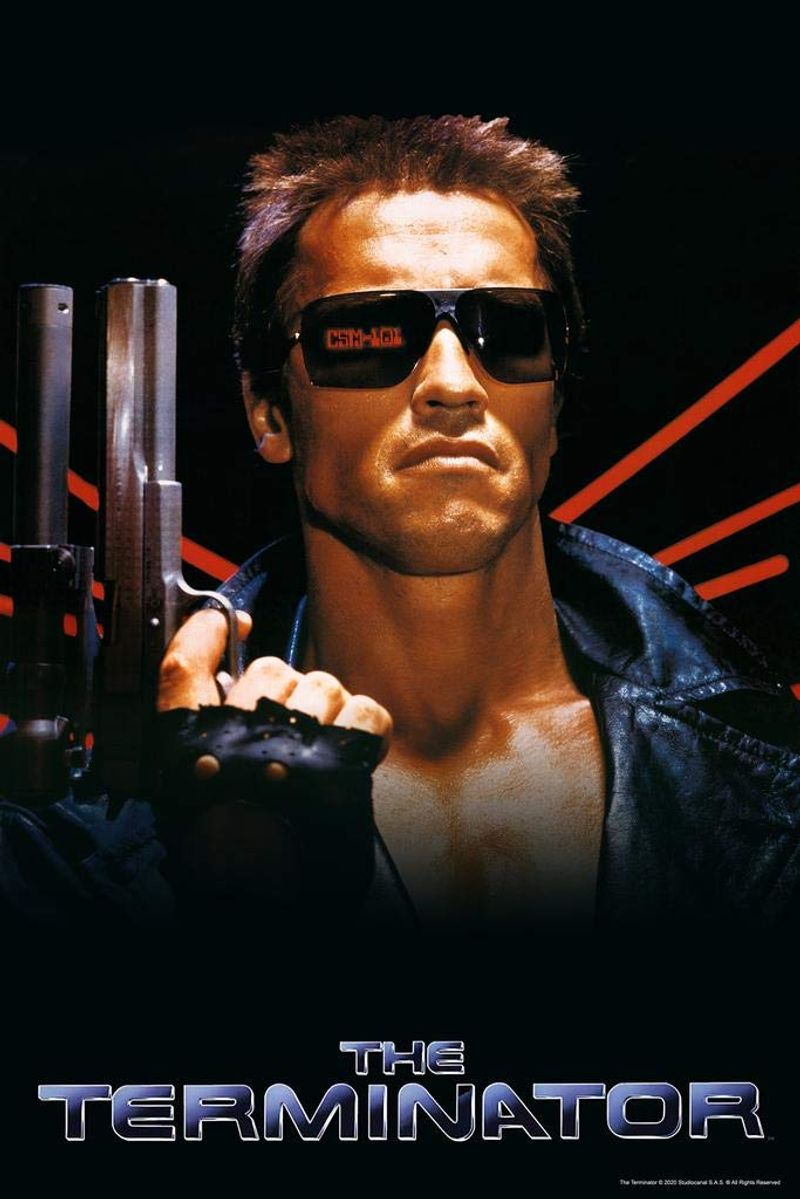
James Cameron’s The Terminator is a thrilling blend of sci-fi and action, featuring Arnold Schwarzenegger as a relentless cyborg assassin. Sent back in time to eliminate Sarah Connor, the mother of humanity’s future savior, the Terminator is a force of nature. The film’s intense action sequences and innovative special effects set new standards for the genre. Its exploration of time travel and artificial intelligence adds depth to the adrenaline-pumping narrative. The Terminator’s influence on popular culture and its ongoing legacy make it a quintessential sci-fi classic.
Jurassic Park (1993)
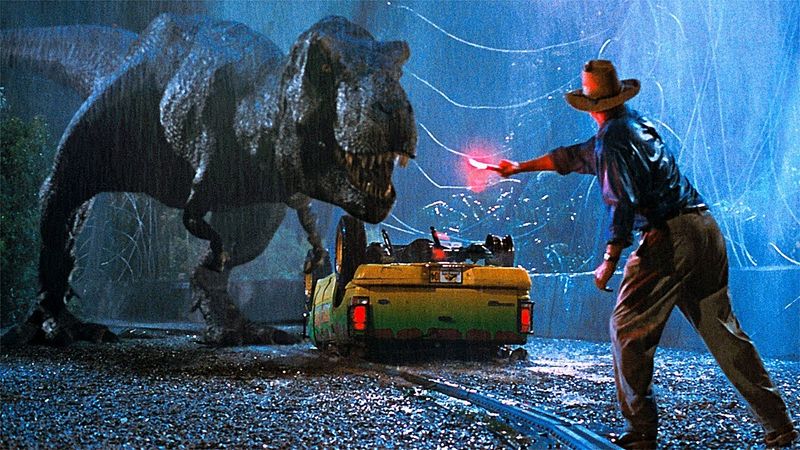
Jurassic Park, directed by Steven Spielberg, brought dinosaurs back to life with groundbreaking special effects. The film’s thrilling narrative, centered on a theme park where cloned dinosaurs run amok, captures the imagination. Expertly blending science fiction with adventure and suspense, it remains a visual spectacle. The realistic dinosaur animations, combined with John Williams’ iconic score, create an unforgettable experience. Jurassic Park’s exploration of human hubris and the consequences of playing God adds depth to its thrilling plot, ensuring its place as a landmark in cinematic history.
Avatar (2009)
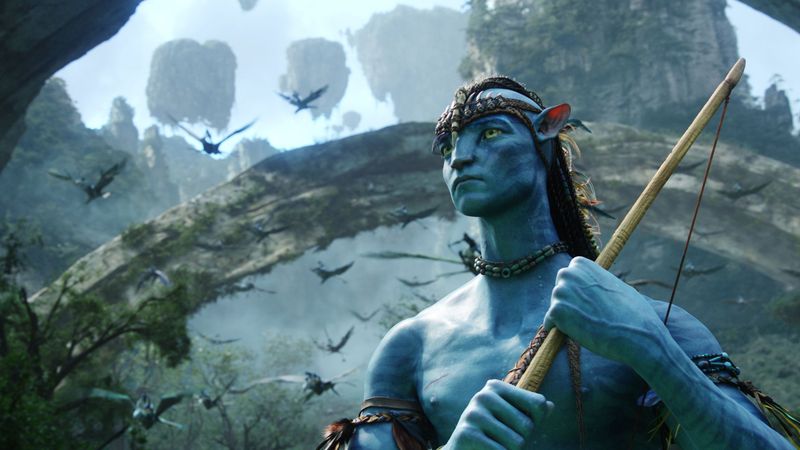
James Cameron’s Avatar is an epic sci-fi adventure set on the lush alien moon of Pandora. The film follows paraplegic marine Jake Sully, who becomes entangled in the conflict between Pandora’s indigenous Na’vi and human colonizers. Avatar’s groundbreaking visual effects and 3D technology transported audiences to an immersive world. Its environmental themes and exploration of cultural clashes resonate deeply. The film’s breathtaking visuals and compelling story, coupled with Cameron’s visionary direction, make Avatar a monumental spectacle in modern cinema. Its box office success further solidified its cultural impact.
Inception (2010)
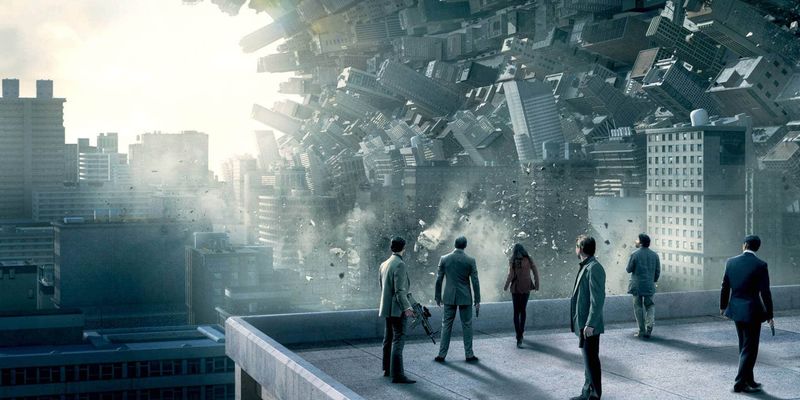
Christopher Nolan’s Inception is a mind-bending exploration of dreams within dreams. The film follows Dom Cobb, a skilled thief who extracts secrets from subconscious minds, as he embarks on a complex heist. With its intricate plot and stunning visual effects, Inception challenges viewers to question reality and perception. The film’s layered narrative and Hans Zimmer’s pulsating score create a captivating experience. Inception’s innovative approach to storytelling and its psychological depth have left a lasting impression, making it a standout in the sci-fi genre and a favorite for intellectual thrill-seekers.
The Fifth Element (1997)
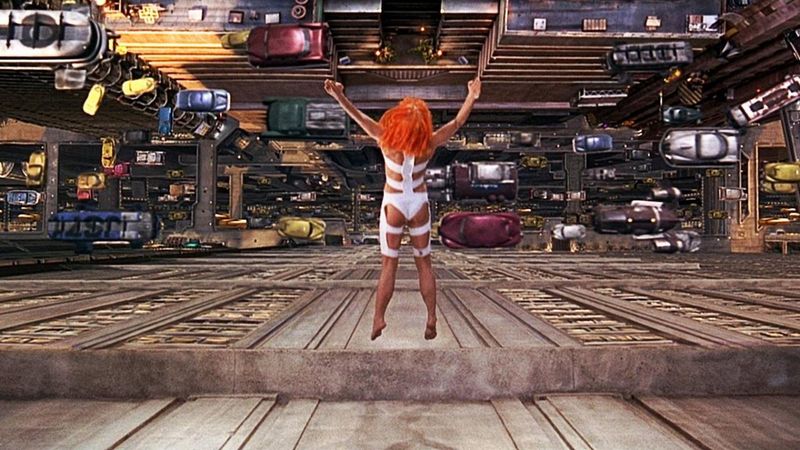
Luc Besson’s The Fifth Element is a visually dazzling sci-fi adventure that combines humor and action. Set in a vibrant future, it follows cab driver Korben Dallas as he teams up with the enigmatic Leeloo to thwart an impending cosmic disaster. The film’s eccentric characters, such as the flamboyant Ruby Rhod, and its imaginative settings create a unique aesthetic. The vivid visual design, combined with a quirky narrative, offers a refreshing take on the genre. The Fifth Element’s blend of spectacle and satire makes it a distinctive and entertaining cinematic experience.
The Day the Earth Stood Still (1951)
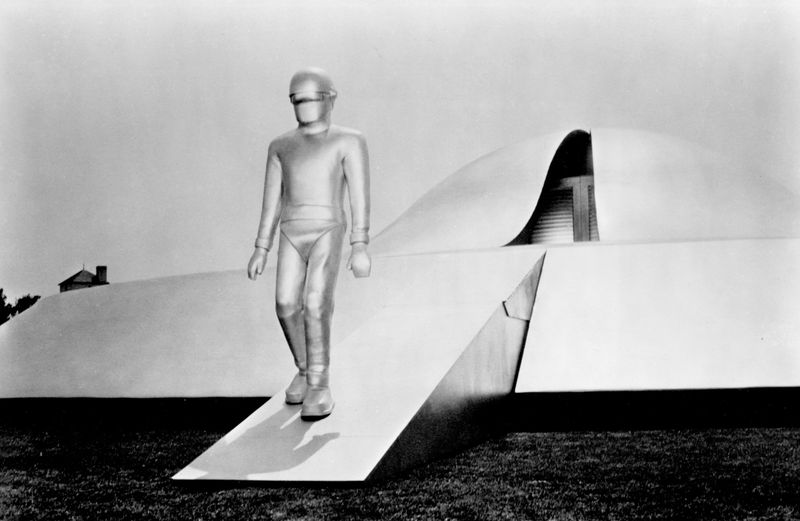
The Day the Earth Stood Still is a classic sci-fi film that delivers a powerful message of peace. It tells the story of Klaatu, an alien visitor who arrives on Earth with a warning. The film’s exploration of humanity’s potential for destruction and the need for unity is as relevant today as it was then. The iconic robot Gort, with his imposing presence, adds to the film’s enduring appeal. Its thought-provoking theme and minimalist yet effective special effects have cemented its place in sci-fi history, influencing countless films that followed.
Metropolis (1927)
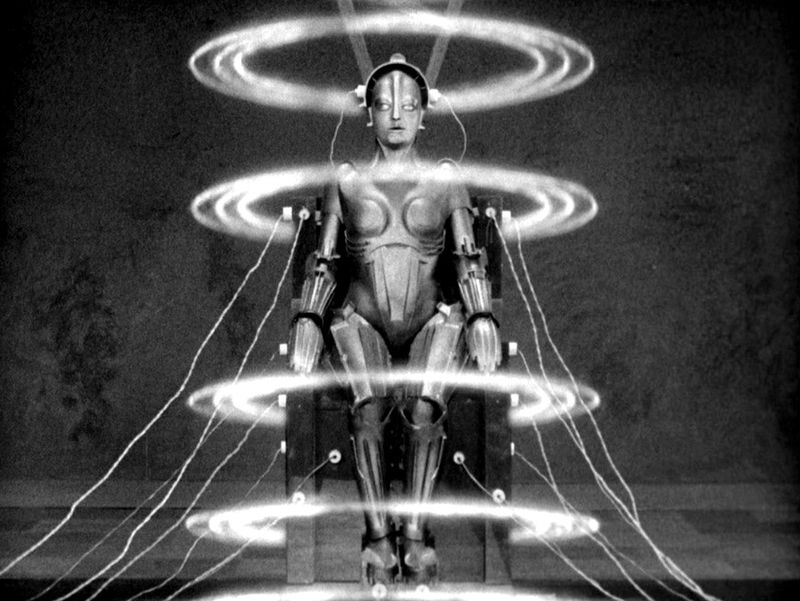
Fritz Lang’s Metropolis is a pioneering work in the sci-fi genre, known for its grandiose visual style and social commentary. The film is set in a dystopian future where a stark divide exists between the wealthy elite and oppressed workers. Its groundbreaking special effects and architectural design create an unforgettable vision of the future. The narrative explores themes of class struggle and technological advancement. Metropolis’ influence on filmmaking and art is profound, making it a seminal piece in cinematic history. Even decades after its release, it remains a source of fascination and inspiration.
The Thing (1982)
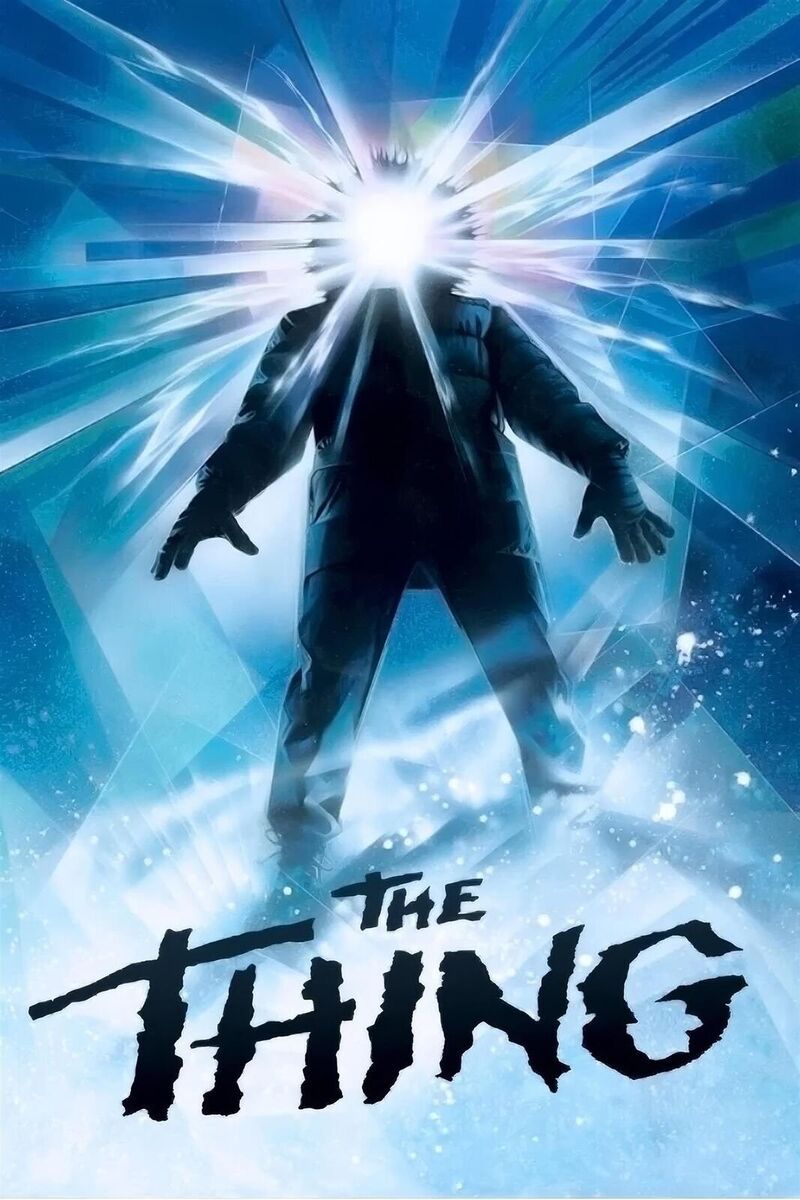
John Carpenter’s The Thing is a tense and atmospheric sci-fi horror film. Set in an isolated Antarctic research station, it follows a group of scientists as they encounter a shape-shifting alien that can mimic any creature. The film’s chilling atmosphere is heightened by its practical effects, creating grotesque and memorable imagery. The sense of paranoia and mistrust among the characters adds depth to the suspenseful narrative. The Thing’s unique blend of horror and sci-fi, along with its intense psychological tension, has earned it a dedicated following and a lasting legacy.
Interstellar (2014)
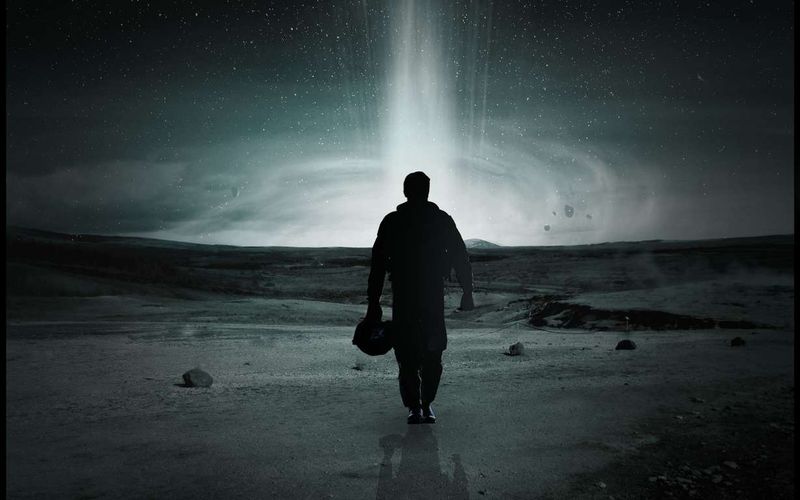
Christopher Nolan’s Interstellar is an epic journey through time and space, exploring the limits of human endurance and the mysteries of the cosmos. The film follows Cooper, a former pilot, as he leads a mission to find a new home for humanity. With its stunning visual effects and Hans Zimmer’s mesmerizing score, Interstellar captivates viewers. The film’s exploration of love, sacrifice, and scientific discovery adds emotional depth to its narrative. Interstellar’s ambitious scope and thought-provoking themes have made it a modern masterpiece, inspiring audiences to reach for the stars.
Close Encounters of the Third Kind (1977)
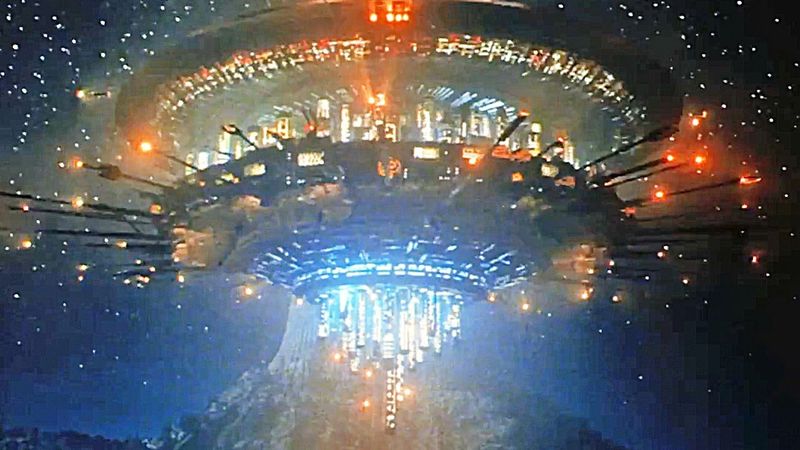
Steven Spielberg’s Close Encounters of the Third Kind is a captivating exploration of first contact with extraterrestrial life. The film follows Roy Neary, an ordinary man whose life is changed by a UFO encounter. Its focus on human curiosity and the quest for understanding resonates deeply, creating a sense of wonder. The film’s iconic climax, featuring a musical communication with aliens, is a testament to Spielberg’s visionary storytelling. The blend of awe-inspiring visuals and John Williams’ iconic score makes Close Encounters a timeless piece that continues to enchant audiences.
Planet of the Apes (1968)
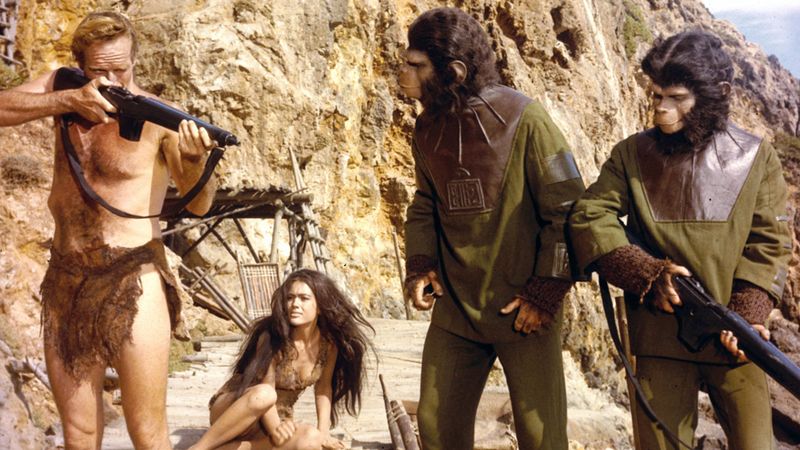
Planet of the Apes, directed by Franklin J. Schaffner, is a thought-provoking sci-fi film that explores themes of evolution and societal collapse. It follows astronaut George Taylor as he discovers a world where apes are the dominant species. The film’s iconic twist ending, revealing the true nature of the planet, has become a part of cinematic lore. Its exploration of race, identity, and power dynamics remains relevant, provoking thoughtful analysis. The film’s imaginative makeup and visual design, combined with a compelling narrative, have cemented its status as a cultural landmark.
The War of the Worlds (1953)
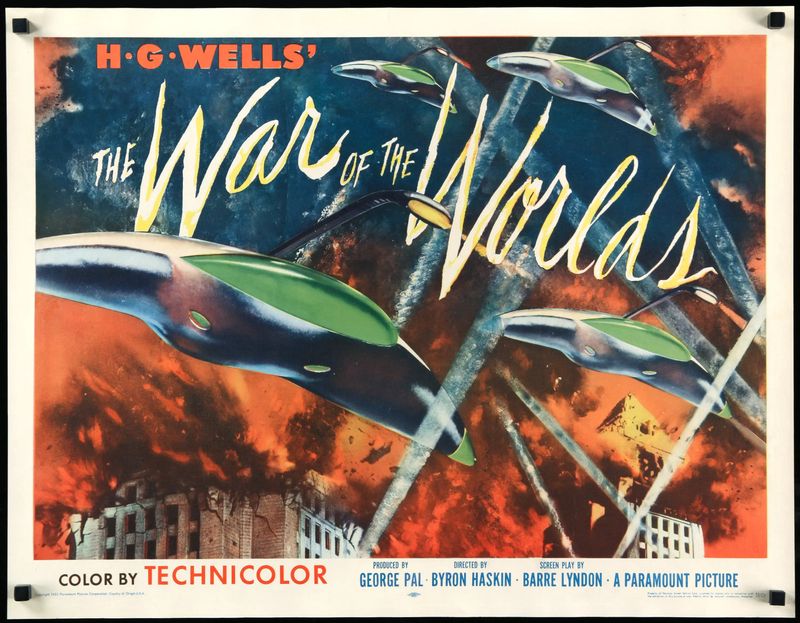
The War of the Worlds is a classic sci-fi film that brings H.G. Wells’ novel to life. The film depicts an alien invasion, with towering machines wreaking havoc on Earth. Its depiction of panic and survival in the face of an overwhelming threat captures the imagination. The film’s innovative special effects and memorable scenes, such as the destruction caused by the alien heat rays, leave a lasting impression. The War of the Worlds’ influence on the sci-fi genre is profound, and its themes of resilience and human ingenuity continue to resonate with audiences.
District 9 (2009)
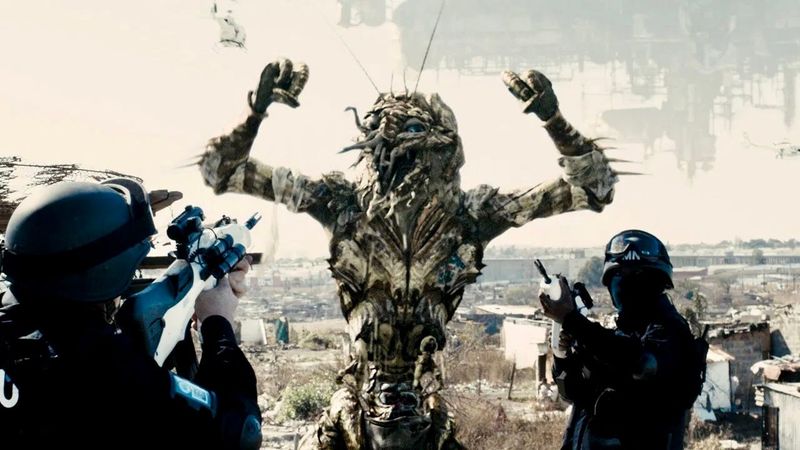
District 9, directed by Neill Blomkamp, is a gripping sci-fi film with a powerful social commentary. Set in Johannesburg, it follows the story of alien refugees living in a segregated camp. The film’s documentary-style approach and realistic special effects create an immersive experience. Its exploration of themes like xenophobia and social inequality adds depth to the narrative. District 9’s unique take on the alien genre and its thought-provoking message make it a standout film, sparking conversations about humanity and empathy. Its innovative storytelling continues to captivate audiences worldwide.
The Fly (1986)
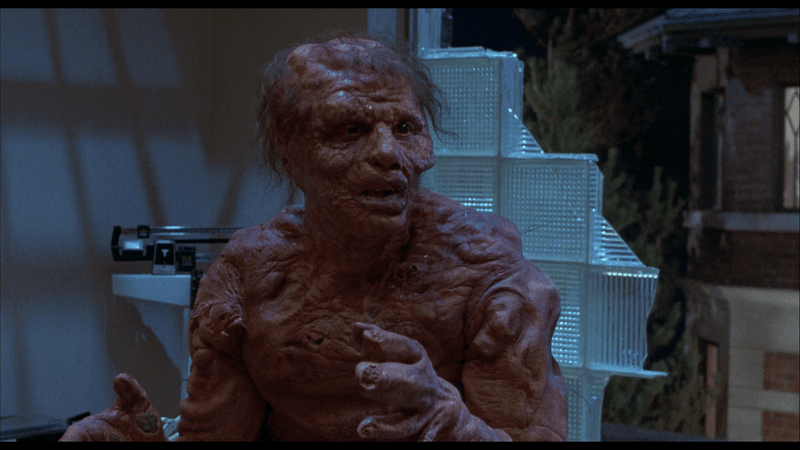
David Cronenberg’s The Fly is a chilling blend of sci-fi and horror, known for its grotesque and haunting imagery. The film follows scientist Seth Brundle as a teleportation experiment goes horribly wrong, merging his DNA with a fly. Its exploration of transformation and identity is both thrilling and tragic. The film’s practical effects and Jeff Goldblum’s compelling performance create a visceral experience. The Fly’s examination of science and hubris, combined with its disturbing visuals, make it a memorable piece of cinema that continues to unsettle and intrigue audiences.
Gravity (2013)
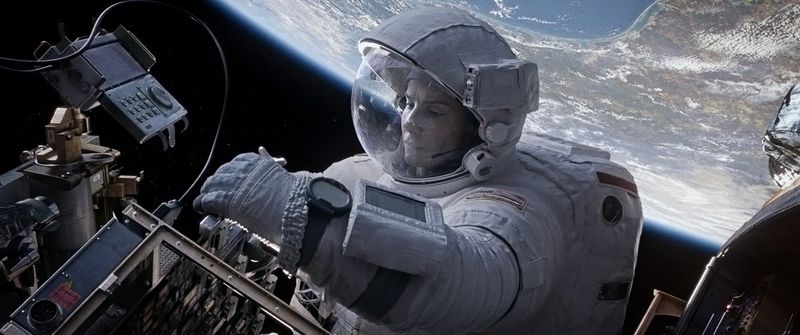
Alfonso Cuarón’s Gravity is a visually stunning and intense sci-fi thriller. The film follows astronaut Dr. Ryan Stone as she struggles to survive after a catastrophic space mission goes wrong. Its breathtaking visuals and immersive sound design create a sense of isolation and vulnerability. Sandra Bullock’s powerful performance adds emotional depth to the tense narrative. Gravity’s depiction of space as both beautiful and terrifying captivates viewers, making it an unforgettable cinematic experience. The film’s technical achievements and gripping story have earned it critical acclaim and a place in sci-fi history.
Moon (2009)
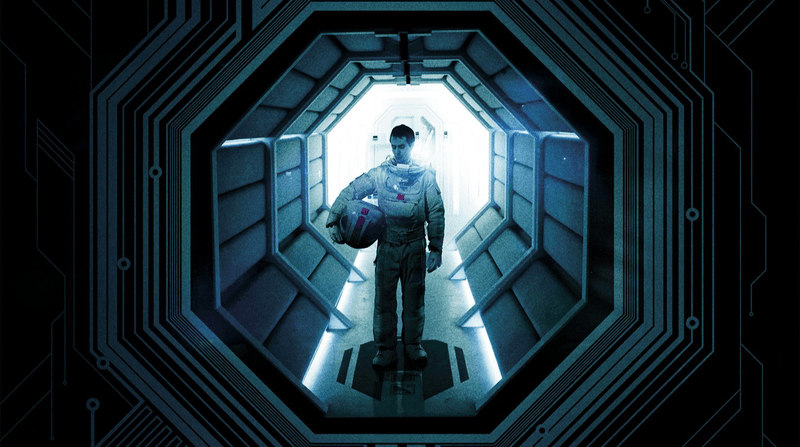
Moon, directed by Duncan Jones, is a thought-provoking sci-fi film set on a lunar base. The story follows Sam Bell, a lone astronaut nearing the end of his three-year mission. The film explores themes of isolation and identity, with Sam’s experience taking unexpected turns. Its minimalist setting and Sam Rockwell’s compelling performance create an introspective and emotional experience. Moon’s exploration of humanity and technology, coupled with its engaging narrative, makes it a standout in the genre. Its reflective tone and philosophical depth continue to resonate with viewers.
Mad Max: Fury Road (2015)
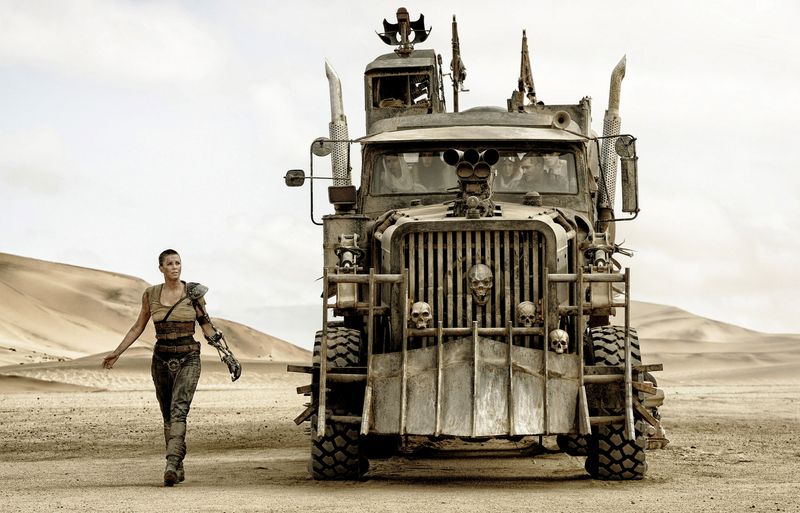
George Miller’s Mad Max: Fury Road is a high-octane post-apocalyptic adventure. The film follows Max Rockatansky and Imperator Furiosa as they battle against a tyrannical warlord. Its relentless pace and breathtaking action sequences create an exhilarating viewing experience. The film’s vibrant visual style and practical effects immerse audiences in its chaotic world. Mad Max: Fury Road’s exploration of survival and redemption, along with its strong performances, make it a modern action masterpiece. Its critical acclaim and cultural impact have reinforced its status as a groundbreaking entry in the sci-fi genre.
Contact (1997)
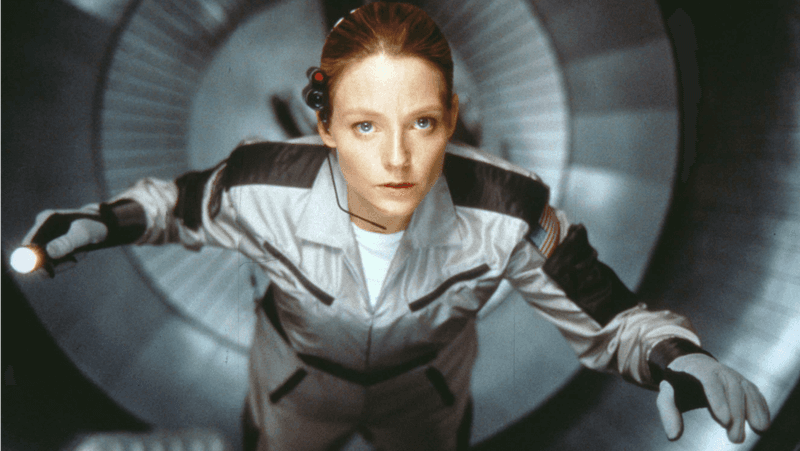
Contact, directed by Robert Zemeckis, is an intelligent and emotional exploration of extraterrestrial communication. The film follows Dr. Ellie Arroway as she makes contact with intelligent life beyond Earth. Its blend of science and spirituality creates a thought-provoking narrative. Jodie Foster’s performance as Ellie adds depth to the character’s pursuit of knowledge and truth. The film’s exploration of faith, science, and human connection resonates deeply, inviting reflection on our place in the universe. Contact’s compelling story and visual storytelling continue to inspire audiences, making it a standout in the sci-fi genre.
RoboCop (1987)
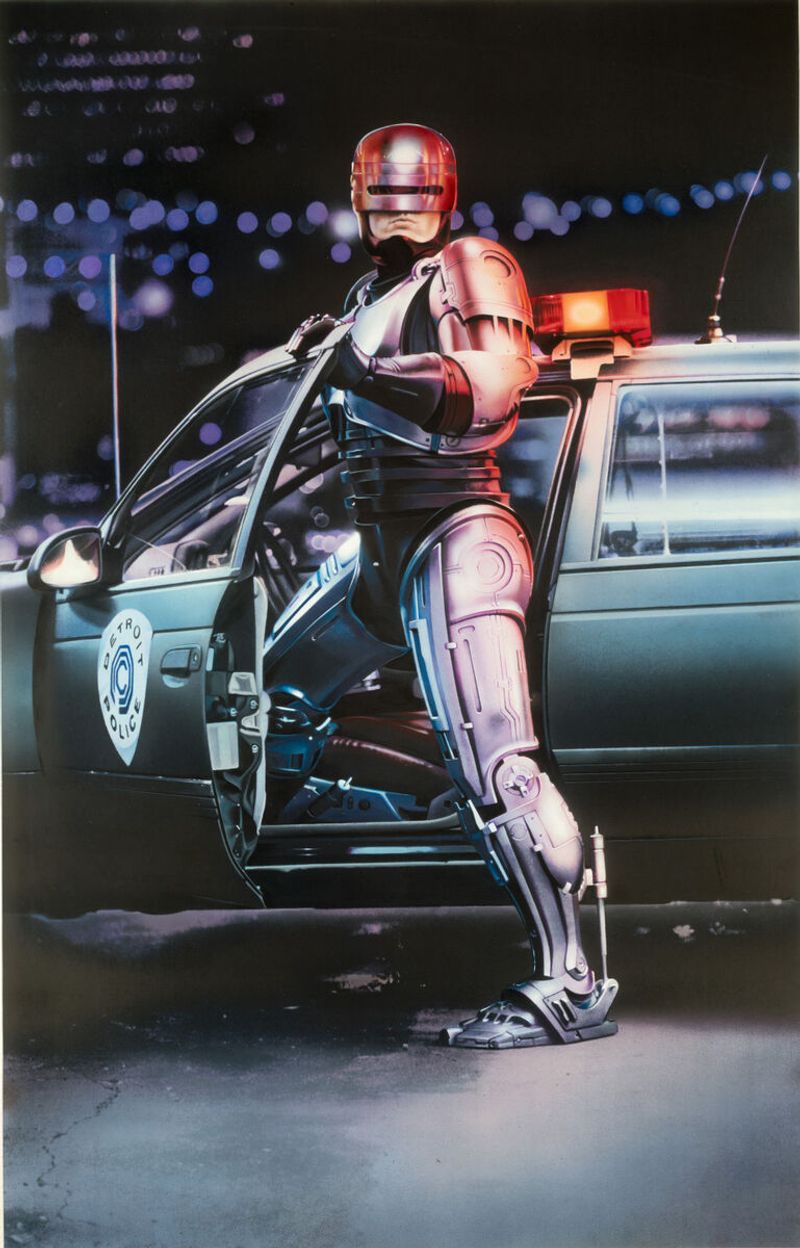
Paul Verhoeven’s RoboCop is a satirical sci-fi action film set in a crime-ridden Detroit. The story follows Alex Murphy, a police officer turned cyborg law enforcer after a brutal attack. The film’s blend of action, satire, and social commentary explores themes of identity and corporate power. Its iconic design and memorable one-liners have made it a cult classic. RoboCop’s examination of technology and morality, combined with its entertaining narrative, offers a thought-provoking and thrilling experience. The film’s ongoing cultural relevance and influence on the genre remain strong.
The Andromeda Strain (1971)
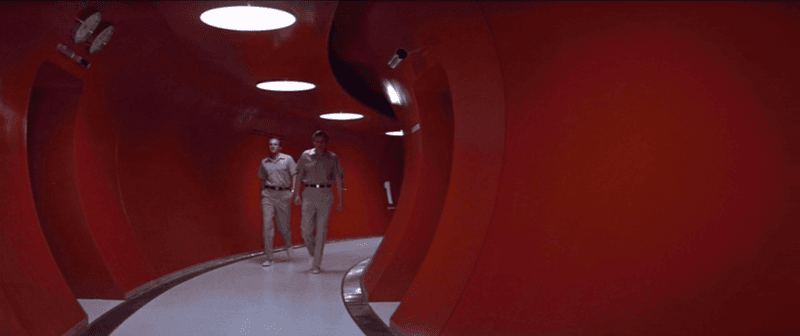
The Andromeda Strain, based on Michael Crichton’s novel, is a tense and cerebral sci-fi thriller. The film follows a team of scientists racing to contain an extraterrestrial microorganism before it spreads. Its realistic portrayal of scientific procedures and sterile environments adds to the tension. The film’s exploration of the unknown and its methodical pace create a gripping narrative. The Andromeda Strain’s focus on science and its potential dangers offers a compelling look at humanity’s quest for knowledge. Its thought-provoking themes and suspenseful storytelling continue to engage audiences.
Ex Machina (2014)
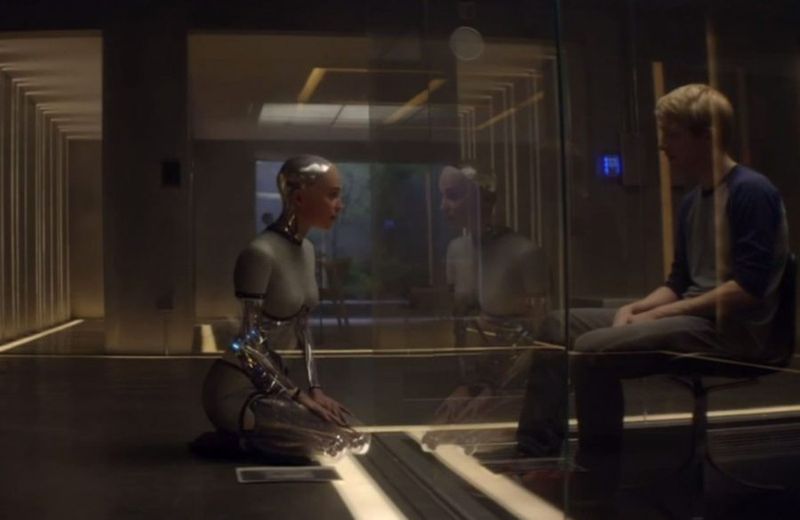
Alex Garland’s Ex Machina is a thought-provoking exploration of artificial intelligence and consciousness. The film follows programmer Caleb Smith as he evaluates the capabilities of a highly advanced AI named Ava. Its minimalist setting and intelligent script create a tense atmosphere. The film’s exploration of humanity, ethics, and technology is both intriguing and unsettling. Ex Machina’s strong performances and philosophical depth make it a standout in the sci-fi genre. Its examination of the blurred lines between human and machine continues to captivate audiences, sparking discussions about the future of AI.
